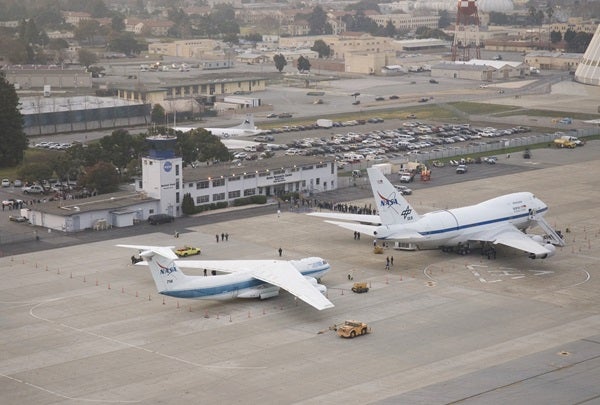Years before the 1988 occultation that exposed Pluto’s hazy secret, astronomers such as Laurence Trafton and Alan Stern — who would ultimately become principal investigator of New Horizons —suggested the presence of an atmosphere but lacked proof. In 1985, Douglas Mink and Arnold Klemola opened the door for gathering such evidence when they predicted a June 9, 1988, occultation involving Pluto and a 13th magnitude star in Virgo.
Blocking a star’s light with a closer celestial body can help astronomers learn about the occulting body, such as its diameter, the presence of a ring system (Uranus’ rings were discovered using this method in 1977), or even an atmosphere. In a typical occultation, starlight abruptly disappears as the occulting body moves in front. However, if an atmosphere is present, the starlight dims more gradually.
For three years, teams of scientists from around the world, led by Jim Elliot of the Massachusetts Institute of Technology and Robert Millis of Lowell Observatory in Flagstaff, Arizona, prepared for the 1988 occultation; three years they planned for an event that would last only about 100 seconds. Astronomers such as Lowell’s Larry Wasserman carefully plotted the precise observable path of the occultation. They determined that the South Pacific, New Zealand, and Australia were the places to be and continued to refine their predicted path up until the last possible moment.
The majority of the occultation would occur over the ocean, so Elliot’s MIT team, which included current SOFIA team member Ted Dunham, decided to observe it using the Kuiper Airborne Observatory (KAO). The KAO consisted of a 36-inch telescope mounted in a Lockheed C-141A Starlifter aircraft. Flying at an altitude up to 48,000 feet, KAO operated from 1974 to 1995 and was the immediate predecessor of SOFIA.
Meanwhile, other scientists dragged telescopes to seven ground-based observing sites, three in New Zealand and four in Australia.
Thanks to excellent preparation and a dose of luck that included ideal weather conditions, observers at the various stations detected a slow dimming of light as Pluto passed in front of the distant star, proving the existence of Pluto’s atmosphere. Today we know this thin veil of gas consists of nitrogen, methane, and carbon monoxide gases that originate from sublimated surface ices.
Twenty-seven years after that groundbreaking 1988 occultation, scientists eagerly await to see what revelations today’s flying telescope, SOFIA, will disclose about Pluto at the end of this month.
Kevin Schindler is a science writer at Lowell Observatory in Flagstaff, Arizona.










